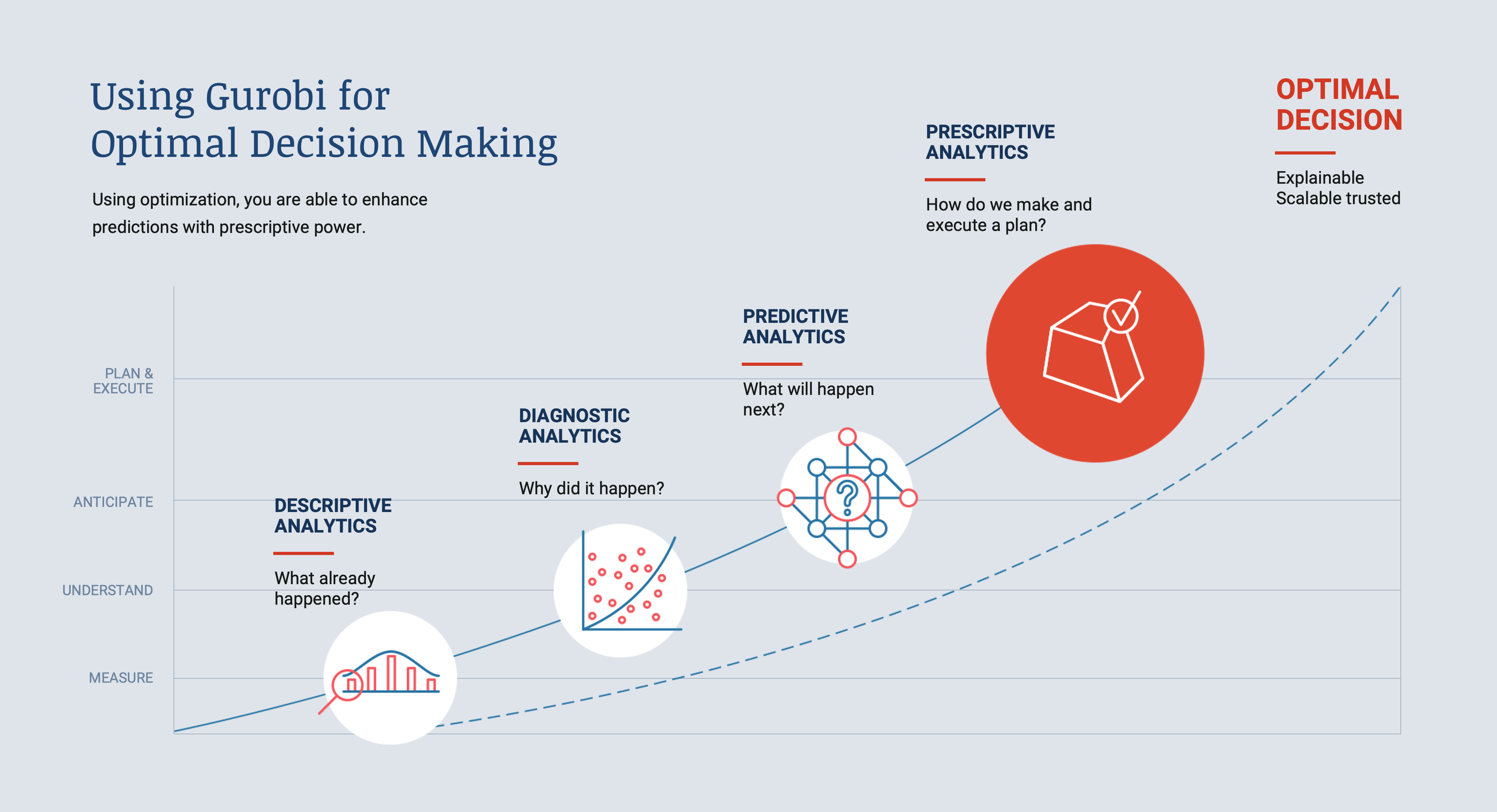We use cookies on our website to give you the most relevant experience by remembering your preferences and repeat visits. By clicking “Accept All”, you consent to the use of ALL the cookies. However, you may visit "Cookie Settings" to provide a controlled consent.
Necessary cookies are required to enable the basic features of this site, such as providing secure log-in or adjusting your consent preferences. These cookies do not store any personally identifiable data.
Functional cookies help perform certain functionalities like sharing the content of the website on social media platforms, collecting feedback, and other third-party features.
Analytical cookies are used to understand how visitors interact with the website. These cookies help provide information on metrics such as the number of visitors, bounce rate, traffic source, etc.
Performance cookies are used to understand and analyze the key performance indexes of the website which helps in delivering a better user experience for the visitors.
No cookies to display.
Advertisement cookies are used to provide visitors with customized advertisements based on the pages you visited previously and to analyze the effectiveness of the ad campaigns.
Other cookies are those that are being identified and have not been classified into any category as yet.


MANAGEMENT PAPER: READING TIME 3 MINUTES.
How it can be used in Data Science and how companies like Uber, Air France, SAP and the NFL use it to innovate.
As the leader in this space, our mission is to find the sharpest people in data science, and together we want to solve humanities greatest challenges using data. We have proven that our approach works with over 70% of Fortune 500 companies.
Complete the form and take your first step to prescriptive analytics mastery!
Analytics––descriptive, predictive and prescriptive is a rapidly evolving field that gives companies the knowledge to make smarter business decisions. It provides valuable insight into past performance and future prediction and decision guidance. According to Gartner, the number of companies using prescriptive analytics tools may increase from ~10% in 2016 to over 35% by the end of 2020. Gurobi Optimizer is one of these tools: a math programming solver. While prescriptive analytics is growing, analytics overall is still dominated by descriptive (what happened in the past) and predictive (what is likely to happen in the future) tools. As a result, it’s important to see how prescriptive analytics fits into the broader analytics landscape.
Descriptive Analytics gives insight into the past and current state of your business through the use of business intelligence tools. These tools can help you obtain a range of insights into your business, such as:
Most business functions in your company are already using descriptive analytics in the form of recurring or custom reports. With analytics tools, you can dive deeper into the past and retrieve meaningful results. You can also conduct Diagnostic Analytics which focuses on understanding why something happened, as part of your descriptive analytics activities.
Predictive Analytics seeks to provide insight into what the future may hold for your business. It takes existing data and applies statistical techniques often using machine learning. Results may be coarse-grained (e.g., expected industry growth or raw material pricing), company-centric (e.g., revenue or profit growth), or operational (e.g., expected changes in demand by product line).
Prescriptive Analytics applies computational sciences, typically through math programming models, to optimize a set of decisions for directing a given business situation. Utilizing this tool in support of achieving desired business outcomes will bring specific direction and high value to your business. By building a decision model and using a math programming solver, you can:
For example, Prescriptive Analytics could answer these business decision questions:
Subject to a range of constraints:
To maximize or minimize your objectives
The result is improved decisions, increased profitability and saved time for your business.

Used as the primary tool in prescriptive analytics, mathematical programming solvers, such as the Gurobi Optimizer, help transform data and models into smarter business decisions.
Leveraging a broad range of programming languages, users can:




GUROBI NEWSLETTER
Latest news and releases